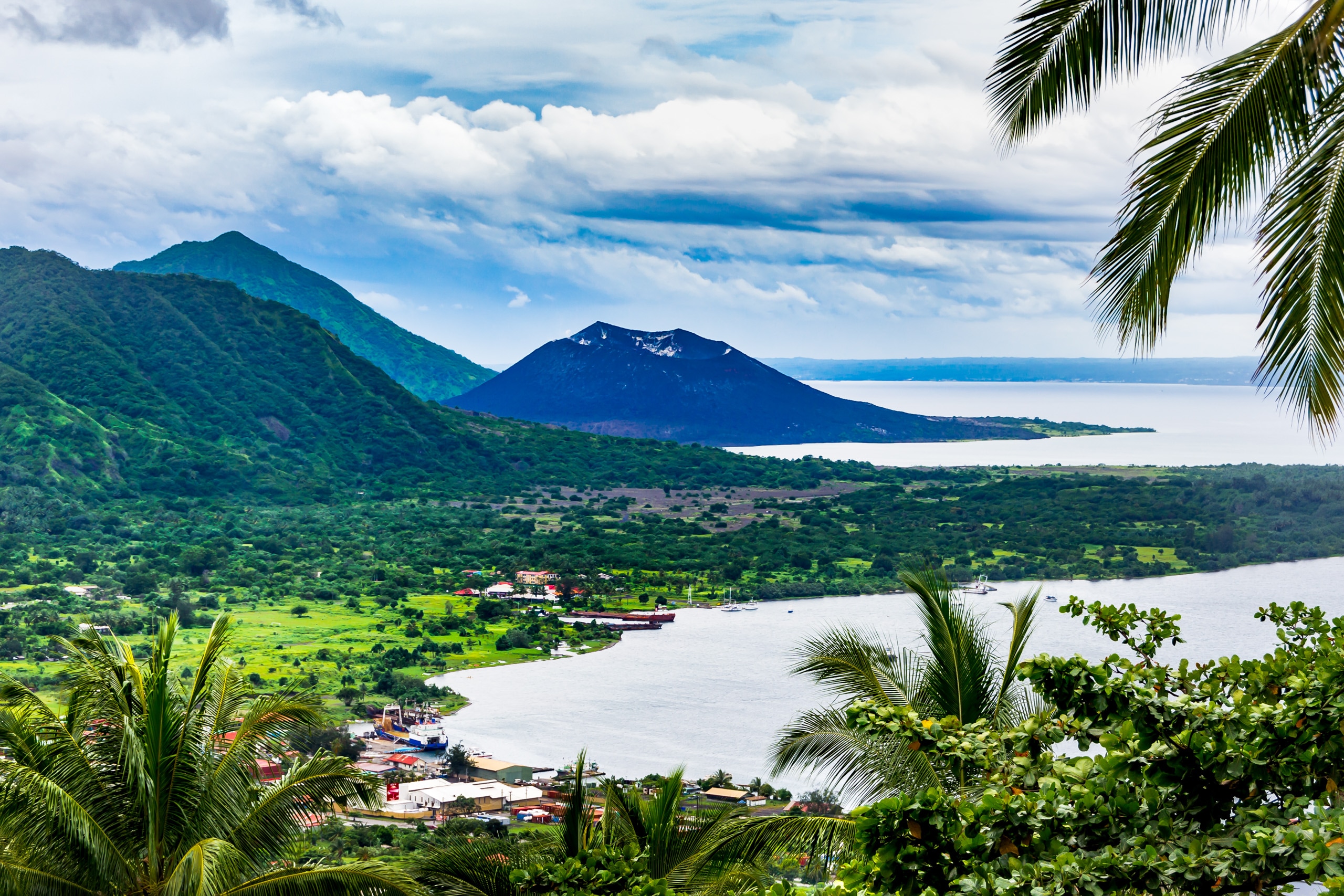
Rabaul, Papua New Guinea
Rabaul, Papua New Guinea
Description
The former capital of New Britain has a history of destruction and resurrection - the city rebuilt after a massive 1937 volcanic eruption only to be destroyed by Allied bombing in World War II. In 1994, the eruption of Mt. Tavurvur dropped hot ash and rock on Rabaul, leading to its partial abandonment. Since that cataclysm, the city has slowly returned to life - hotels have resumed operating, the market continues to trade, and the harbor remains one of the most impressive in the entire Pacific basin.
During World War II, Rabaul served as a forward operating base for the Imperial Japanese Army and Navy. Allied bombing forced the Japanese defenders underground, into a complex system of bunkers and tunnels on the Gazelle Peninsula.
Points of Interest
- Volcanic Observatory
- Kokopo War & Cultural Museum
- Japanese Tunnels
- Volcanic Ash Plains
More about Rabaul, Papua New Guinea Points of Interest
-
Volcanic Observatory -
Journey to Mt. Tovanumbatir to visit the Volcanological Observatory, which monitors 14 active and 23 dormant volcanoes in Papua New Guinea. Established after a 1937 eruption, the center offers breathtaking views of Simpson Harbor.
-
Kokopo War & Cultural Museum -
Take in Japanese vehicles, weapons, photos and WWII relics gathered during Japan's occupation of Rabaul from 1942 to 1945 at this engaging museum, which also features compelling aircraft wreckage discovered in the last 60 years.
-
Japanese Tunnels -
During occupation, the Japanese built over 300 miles of tunnels to conceal ammunition, hospitals, pathways connecting barracks with Japanese headquarters and more. At the main tunnel, marvel at several rusty barges that still remain.
- Volcanic Ash Plains -